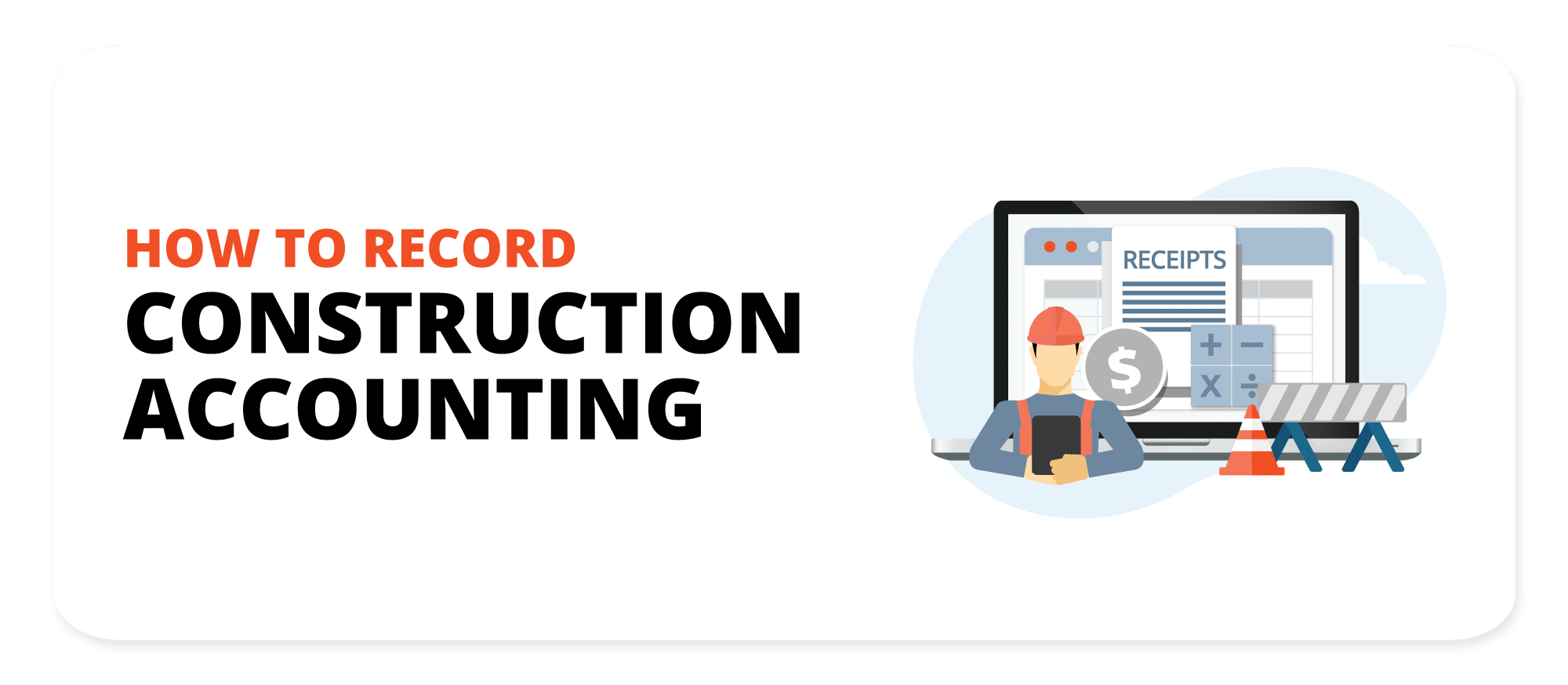Understanding Building Audit: Essential Tips for Financial Success in the Industry
Understanding building and construction accounting is an essential component for financial success within the industry, as it incorporates various practices that directly impact job profitability. Understanding the basics, such as job setting you back and effective budgeting techniques, can supply a strong structure. construction accounting. Carrying out innovative tools for cash flow administration and recognizing usual pitfalls can substantially boost functional performance. Numerous companies forget necessary methods that can make or damage their financial health. Checking out these overlooked techniques may reveal chances that could transform your strategy to building audit.
Recognizing Construction Accounting Essentials
Comprehending the fundamentals of building and construction accounting is vital for reliable job administration and economic oversight in the construction market. Building accountancy varies considerably from common bookkeeping practices due to the one-of-a-kind difficulties postured by project-based job, including variable prices, fluctuating timelines, and complicated regulative demands.
An essential facet of construction accounting is task setting you back, which involves monitoring costs for each particular job. This approach permits contractors to precisely assess profitability and make educated monetary decisions. Additionally, building and construction accountancy incorporates making use of development invoicing, where invoices are provided based on the percentage of work finished, making sure cash circulation is preserved throughout the job lifecycle.
An additional vital component is the administration of modification orders, which stand for alterations to the original agreement extent. Proper documentation and bookkeeping for these changes are vital to prevent monetary conflicts and ensure accurate project budgeting.
Finally, recognizing the relevance of compliance with sector laws and tax obligation demands is vital. Precise financial coverage and adherence to bookkeeping criteria not just secure versus lawful problems yet additionally enhance the integrity of building companies. Grasping these essentials sets the structure for efficient economic management within the building field.
Effective Project Budgeting Techniques
Effective task budgeting techniques are vital for guaranteeing that building jobs remain monetarily viable and on track. A well-structured spending plan serves as a roadmap, assisting task managers through the complexities of building and construction expenses.
Following, utilizing historic information from previous jobs can considerably enhance the precision of spending plan quotes. By evaluating previous expenditures, groups can determine price fads and possible risks. Additionally, engaging stakeholders during the budgeting process cultivates openness and safeguards buy-in, which can reduce disagreements later on.
On top of that, taking on a comprehensive line-item spending plan allows for careful monitoring of expenses connected with products, labor, and overhead. This granularity allows task supervisors to recognize differences early and adjust approaches as necessary. Furthermore, integrating contingency allowances within the budget can aid account for unforeseen costs, securing the project versus financial strain.
Finally, routine spending plan assesses throughout the project lifecycle ensure that monetary objectives continue to be lined up with task goals, helping with prompt treatments when essential. Carrying out these techniques can significantly contribute to the economic health and wellness and success of construction jobs.
Streamlining Cost Tracking Procedures
Accurate expense tracking processes are important in the building and construction industry, as they frequently figure out the monetary success of a project. Efficient monitoring allows job managers to check expenditures in real-time, guaranteeing they continue to be within budget and can make educated decisions swiftly. To streamline these processes, it is essential to take on an organized strategy that incorporates modern technology and well established protocols.
First, utilizing specific building and construction audit software program can automate information access and reporting, decreasing human error and enhancing performance. construction accounting. Such software application frequently consists of features for tracking labor, products, and subcontractor expenses, providing a thorough view of task expenditures
Second, systematizing treatments for recording expenses across jobs enhances consistency and streamlines analysis. Developing a clear graph of accounts tailored to straight from the source the one-of-a-kind needs of building and construction projects can assist in precise categorization of expenditures.
Finally, normal training for staff on the value of specific cost monitoring and the devices utilized while doing so advertises accountability. By carrying out these approaches, construction companies can dramatically boost their price monitoring processes, causing boosted financial control and job earnings. Inevitably, a well-structured approach to cost tracking lays Read More Here the foundation for effective project management and long-lasting monetary sustainability.
Taking Care Of Cash Money Circulation Efficiently

Frequently checking cash money circulation declarations is necessary. By assessing cash money inflows and discharges, services can determine patterns and prospective deficiencies. This practice helps with timely adjustments to investing or settlement timetables, preventing money lacks that could jeopardize project timelines.

Last but not least, preserving a monetary padding or line of credit history can supply a safeguard throughout lean durations. Using these techniques will result in a more stable economic structure, enabling construction companies to navigate the industry's integral unpredictabilities with greater self-confidence.
Staying Clear Of Typical Accounting Challenges
In the complex landscape of construction bookkeeping, staying clear of usual mistakes is vital for keeping monetary honesty and project success. Building tasks frequently entail numerous deals, and falling short to document them correctly can lead to disparities and financial losses.
Another risk is the mismanagement of adjustment orders. Change orders are a natural part of building and construction tasks, yet without proper accountancy for these changes, firms may struggle to recover expenses. Developing a clear process for documenting and authorizing modification orders can minimize this threat.
Additionally, neglecting to fix up accounts consistently can cause imprecise financial declarations and prevent decision-making. Normal settlement makes certain that documents straighten with financial institution declarations and task documents.
Lastly, ignoring tax obligations can have severe repercussions. It is vital to remain educated regarding tax obligation laws details to the building and construction sector, consisting of sales tax on materials and labor.
Conclusion
Understanding building and construction accountancy is vital for accomplishing monetary success within the industry. By applying reliable task costing, making use of progression payment, and preserving comprehensive Read More Here documents for adjustment orders, firms can enhance economic administration. The assimilation of specialized audit software application even more streamlines price tracking, while normal budget plan assesses ensure that economic objectives continue to be aligned. Focusing on compliance and addressing typical accounting risks solidifies credibility and sustains long-term earnings, ultimately promoting a sustainable competitive benefit in the building and construction market.